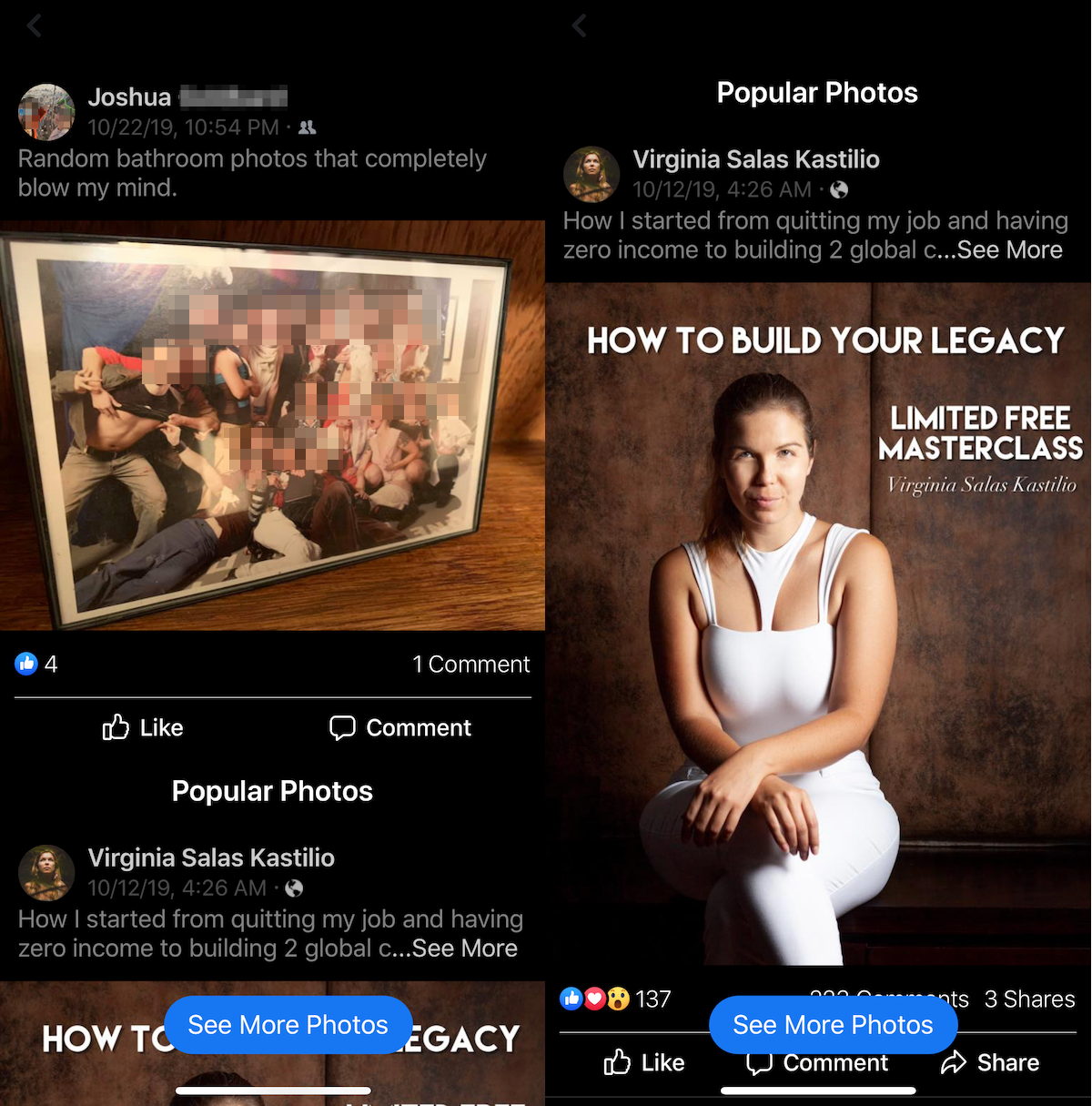With the launch of iOS 13, Apple added perfectly timed live lyrics to its Apple Music app. Now Spotify may do the same. Several users in international markets are now seeing a similar synced lyrics feature in their Spotify mobile app, where lyrics scroll by in time with the music. The feature is powered by Musixmatch, according to the screenshots. Spotify confirmed to TechCrunch the feature is a test in a limited number of markets.
While Spotify didn’t confirm which regions have access, we’re seeing that users in Canada, Indonesia and Mexico appear to be among the test markets.
The feature sits beneath the playback controls where today, other enhancements like Behind the Lyrics or Storyline, currently appear. And users say they can also view the lyrics in a full-screen experience.
We were not able to duplicate the same experience here in the U.S., which indicates it’s still limited by geography.
Spotify had lyrics support on the desktop several years ago, but that feature was later removed. Since then, users have repeatedly asked when it would return. On Spotify’s user feedback community, for example, a request asking the company to “bring back lyrics” was upvoted more than 14,300 times. Spotify wouldn’t respond to user requests except to point users to its Genius integration, Behind the Lyrics.
Genius, however, doesn’t provide full lyrics. Instead, it’s a way to annotate tracks with a combination of lyrics and stories. While the feature can be both informative and entertaining, it’s not necessarily the experience people want when they’re trying to learn the words to a song.
Currently, neither Spotify’s desktop or mobile app has lyrics support, with the exception of Japan. It also regularly runs tests like this, so this is not a confirmation of a near-term launch.
Spotify’s decision to not make lyrics integration a priority has given Apple Music a competitive advantage in terms of its feature set. While it may not be a key selling point, per se — Spotify now has 113 million paying customers to Apple Music’s 60 million — it could help to retain users who don’t want to lose access by switching. Amazon has also capitalized on Spotify’s lack of lyrics with integrations of music and lyrics on Alexa devices.
Reached for comment, a Spotify spokesperson confirmed a synced lyrics experience is something it’s testing.
“We can confirm we are testing this feature in a small number of markets,” the spokesperson said. “At Spotify, we are always testing new products and experiences but have no further news to share at this time.”
Source: Tech Crunch Mobiles | Spotify confirms it’s testing real-time lyrics synced to music
